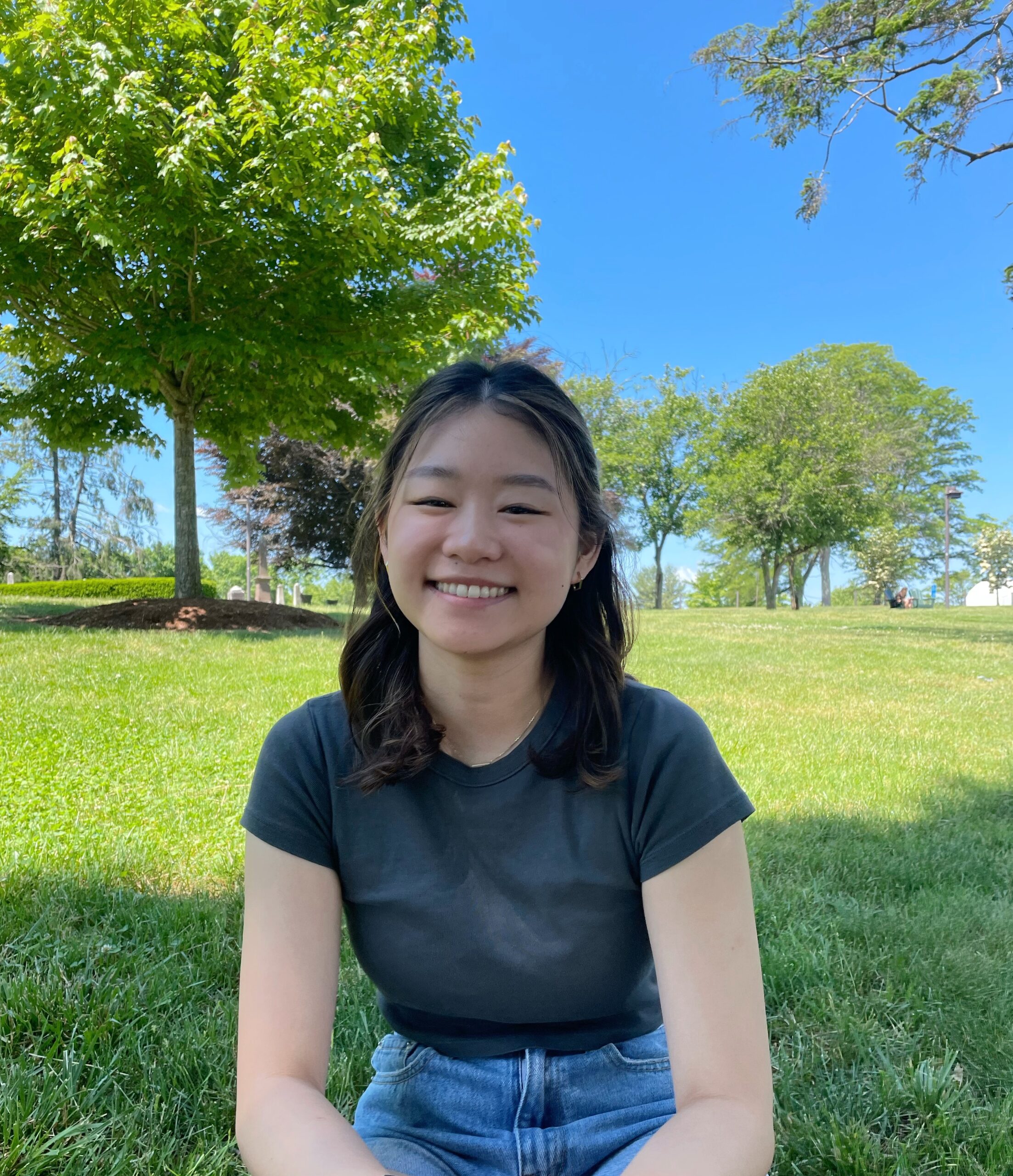Faculty Sponsor: Charles Sanislow
Live Poster Session: Zoom Link
Abstract: Generalized Anxiety Disorder (GAD) and Major Depressive Disorder (MDD) are both internalizing disorders found to be highly comorbid with each other. GAD and MDD have four symptoms that overlap in their diagnostic criteria, sleep disturbance, psychomotor agitation/retardation, fatigue, and loss of concentration. Various frameworks and models have been proposed to reevaluate approaches to psychopathology. The “P” factor, or the general factor of psychopathology, implies that there are shared psychopathological mechanisms that function across multiple mental disorders. This study looks at the relation between anxiety and depression symptoms to explore the underlying mechanisms. Data used in this study is from the National Comorbidity Survey Replication (NCS-R) Survey which was designed to examine the prevalence, risk factors, and consequences of psychiatric morbidity and comorbidity. The findings of this study suggest that the symptoms of GAD and MDD can be separated into three different factors, disruptions in motivation, in arousal and regulation, and in cognition. The goal of this work is to inform understanding of the relation between GAD and MDD, which, in turn, will provide clues for future research on the underlying mechanisms and why symptoms overlap.
skoo

